Liven up your green space for Earth Day
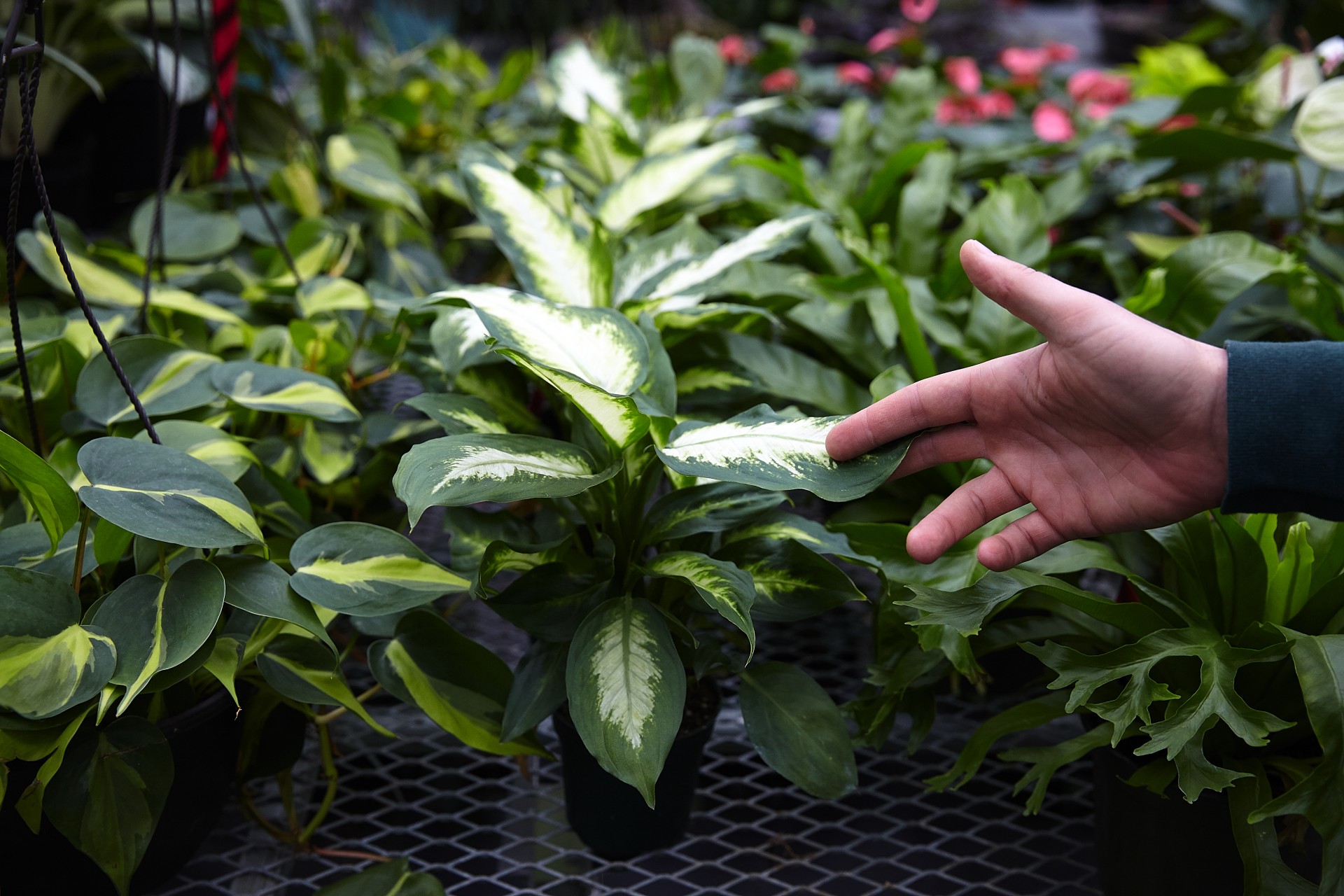
The first few breezes of fresh spring air are reminders for how rejuvenating green is after a season full of snow, coats and blankets. Grand ambitions for gardens start to grow as well. But without a plan, many of the intentions for a yard full of blooms can fall into neglect.
To help any aspiring plant parent make the most of their budding green thumbs, Franklin Park Conservatory Supervisor Win Fox shares his wisdom for how to nurture plants both inside a living space and out in a garden.
Think about space and lifestyle
When thinking about what kinds of plants are most suitable for a living space, the first consideration is the window location. Plants need certain amounts of light, so northern or eastern-facing windows are better suited for low-light plants, while southern or western windows can sustain plants that need a bit more sunshine.
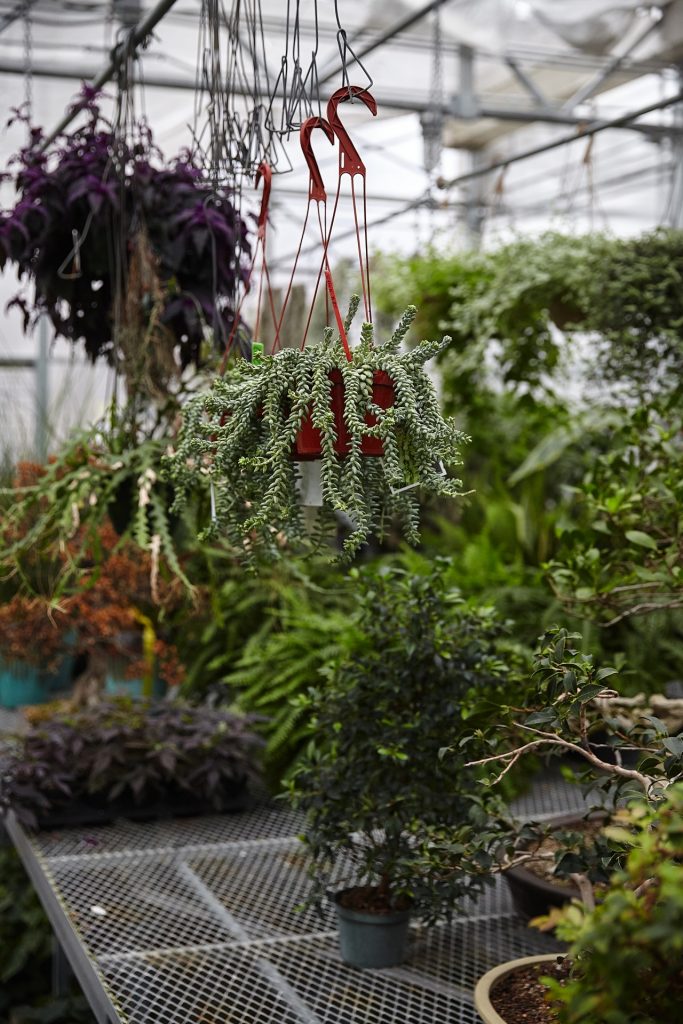
Second, think about the actual amount of space available; the fiddle leaf fig—a crowd favorite, according to Fox—isn’t going to fit on a table, for example. “You’ve just got to make sure you have space for it because that’s a tree,” Fox said. “We have one at the conservatory that fills up our whole Palm House practically. It’s 60 feet tall.”
Finally, Fox says thinking about how much care you are willing to dedicate to taking care of plants is important. There are plants, like the ZZ palm, that only require watering every now and then. But he says that once someone starts working with plants, they’ll only get more involved. “It’s one of those hobbies that, once you get the ball rolling, you can’t really stop.”
Be an attentive, but not a helicopter, plant parent
Although some garden centers will advise plants be watered at specific intervals, say, once a month, Fox says knowing when to water is more based on what the soil looks like. Soil should never be bone dry, but if you stick a finger into it when the top layer is dry and feel some dampness underneath, you can probably wait a day or two to water. Alternatively, the plant’s soil shouldn’t always be wet because then it could rot or even drown.
Fox recommends keeping plants on top of a saucer in a ceramic planter, which allows the plant to breathe, with a drainage hole on the bottom. A decent rule is that in the winter when plants aren’t growing as quickly, they need less water, whereas in the summer they might need more.
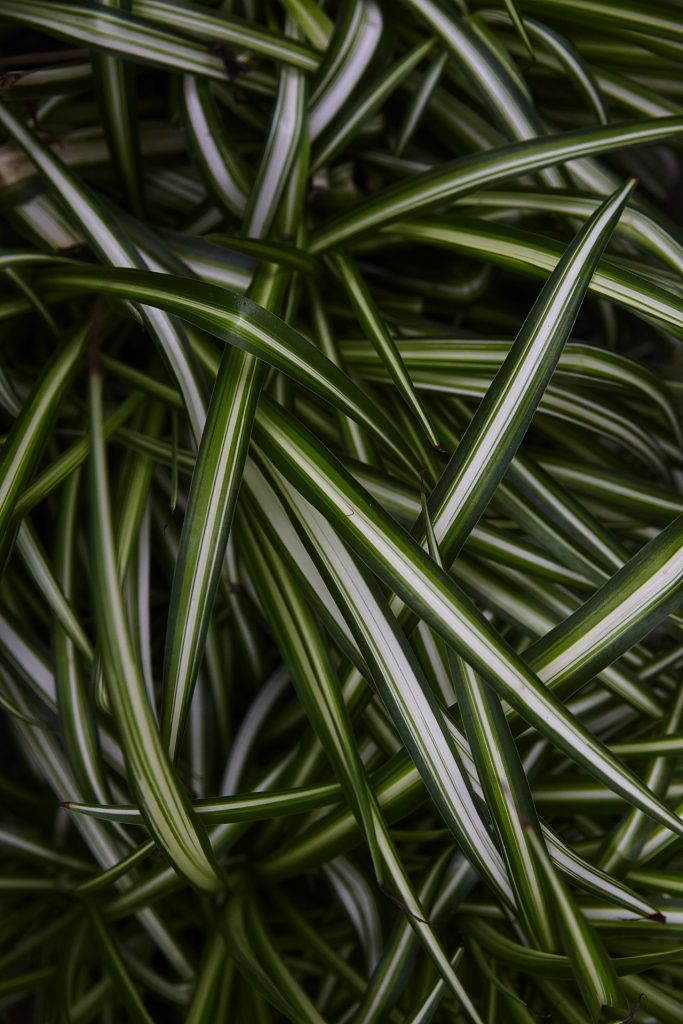
Additionally, first moving a plant from the store to a home can cause the plant stress. Garden centers, for example, tend to be more humid and have more light, compared to the dryness and darkness of a house, particularly during the winter and early spring.
“Your plant might start to exhibit some signs of stress right away, and you think you’ve done something wrong,” Fox said. “Then you changed the environment again, and it’s still not doing better, and you kind of lose hope.”
When people ask him what’s wrong with their plants, Fox says his frequent advice is to be patient. “[The plant] has just, you know, been through a lot right now.”
Want to start a garden? Many of the same rules apply
As in picking a house plant, deciding on a concept for a garden also means factoring in lighting. Summer annual vegetables have high light demands, so Fox says the garden needs southern exposure and at least six hours of direct sunlight per day.
Soil is the next consideration. Here in Ohio the soil has a lot of clay, which means people tend to amend theirs with compost or other organic material to ensure it has enough nutrients for the plants to thrive. With that in mind, Fox also said new gardens will tend to have enough nutrients in the existing soil to grow.
BROUGHT TO YOU BY
Start seeds early, and keep them hydrated once they’re outside
Fox says plants available at garden centers starting in May are typically good options for a beginner garden. Tomatoes and summer squashes like zucchini are great for the warm season, but Fox even recommended trying out fall squashes like pumpkins and butternuts. For those wanting to branch out a bit, Fox says at the conservatory they like to grow okra and beans, though those are prime target for bunnies and groundhogs.
If you want to start with your own seeds in the future, early spring is the best time to get those planted and growing in a sunny windowsill. Starting seeds early gives them time to germinate, sprout, and grow a few inches before it’s time to move them outside in May, once the chance of frost has passed. In contrast, cool season vegetables like cabbages and broccolis can go in the ground in March.
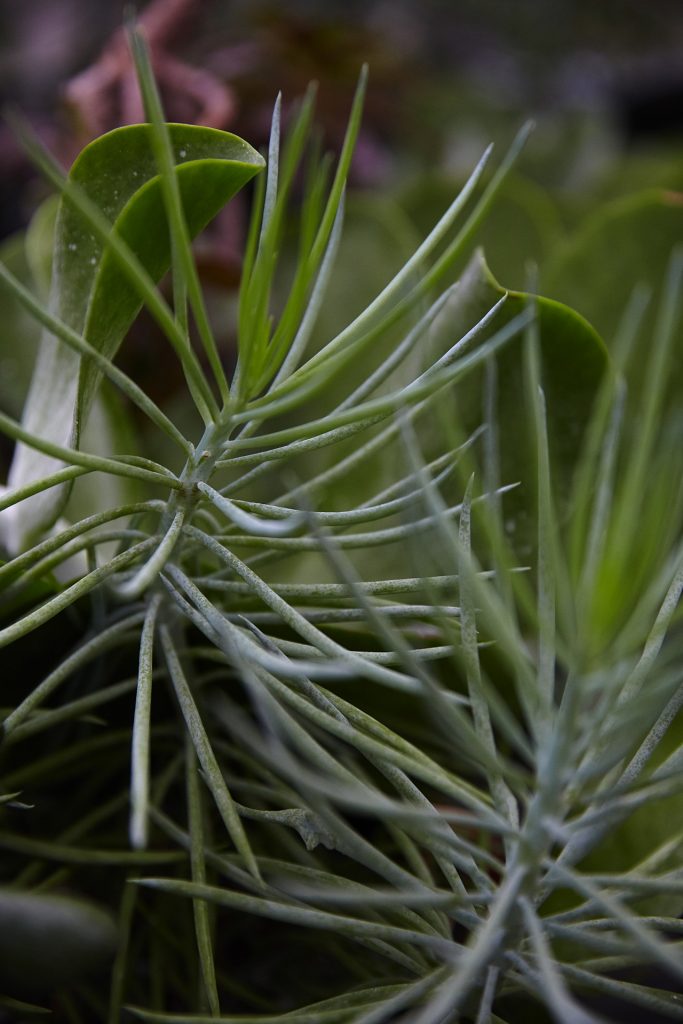
Unlike house plants, the transition from inside to outside won’t cause as much stress to garden plants. They’re less finicky and tend to be happy in the ground, says Fox.
The key to a successful planting, though, is to water immediately after the sprouts go in the ground and every day for a couple weeks until the roots expand into the surrounding soil, while monitoring for wilting, Fox said.
“You’ll be tending to them in their little pots, and they’ll have nice roots down in your potting soil, and they’ll be happy all the moisture’s going to be trapped in there.” Fox said. “Once you get them in the ground, that will stress them a little bit…. Your soil is probably going to draw moisture away from the root zone.”
Keep the animals away
Gardeners have a wide range of innovative strategies to keep their plots animal- and bug-free. Fox says small fences work for rodents, groundhogs rabbits, and a bigger fence, if possible, will also keep away deer.
There’s also a strange variety of repellents. Some use garlic and other spices and oils like cinnamon and clove. Some people use products that contain dried blood, which elicits a fear response in animals. Others hang aluminum pans that clang when the wind blows, or they’ll snag hair clippings from a local barber shop or salon, stuff those in pantyhose and make the garden area smell as if people are around.
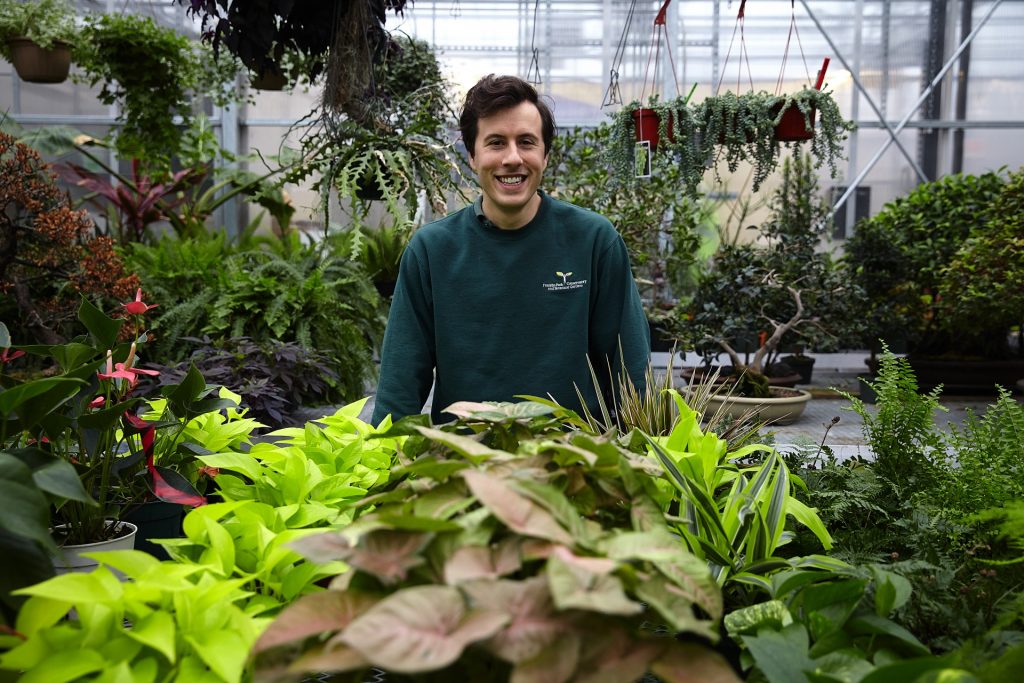
Figuring out how to keep plants alive can seem like a daunting task, especially for those with a dismal history. But Fox says he and the horticulture team at the Franklin Park Conservatory are ready to give advice on keeping plants healthy and happy.
“If you’re looking for inspiration to anybody who’s looking to get into gardening, we’re a great place to stop by and our horticulture staff will be […] happy to answer any questions that you may have.”
The Franklin Park Conservatory and Botanical Gardens offers gardening classes for kids and adults and several plant sales throughout the year. Visit fpconservatory.org to more information.
BROUGHT TO YOU BY




